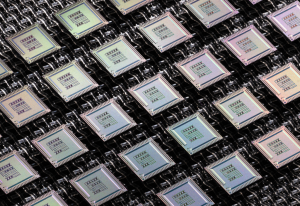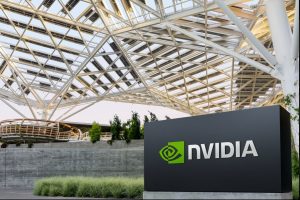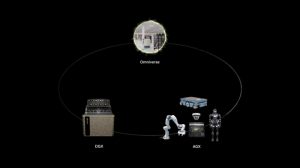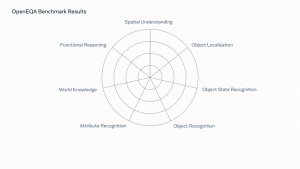LONDON — Quantum Motion has joined forces with the National Physical Laboratory (NPL) and the University of Strathclyde in a pioneering effort to tackle one of the major hurdles in quantum computing: running quantum control electronics in extremely cold environments. Quantum systems typically operate at near absolute zero temperatures, around -273.15° Celsius, within cryostats designed to maintain these frigid conditions.
While quantum devices themselves function in these deep cryogenic environments, the electronics required to control and process signals are typically kept in large racks at room temperature. The challenge lies in sending sophisticated signals from these room-temperature electronics into the ultra-cold cryostats, where maintaining performance and scalability becomes difficult due to thermal issues like self-heating and temperature gradients on the chips.
The three-year FIRETRACE project, a collaboration between Quantum Motion, NPL, and the University of Strathclyde, aims to address these challenges. The initiative will develop advanced tools for measuring and modeling the thermal behavior of cryogenic electronics, a crucial step toward integrating these components with quantum devices.
The project, jointly funded by the UKRI Engineering and Physical Sciences Research Council’s (EPSRC) Prosperity Partnership scheme and Quantum Motion, will leverage complementary metal-oxide semiconductor (CMOS) technology—the same technique used in conventional silicon chips—to design cryogenic electronics. This integration is expected to enhance the scalability of quantum computing by facilitating larger systems with improved signal processing and better thermal management.
Dr. Alessandro Rossi, Principal Investigator at the Semiconductor Quantum Electronics (SEQUEL) Lab at Strathclyde and a UKRI Future Leaders Fellow, emphasized the importance of this partnership: “This collaboration offers a fantastic opportunity for Strathclyde to work with industry leaders in semiconductor quantum technology. Alongside developing novel techniques for designing and validating cryogenic electronics, this partnership will also help train the next generation of quantum engineers.”
The FIRETRACE project also supports Strathclyde’s newly established Centre for Doctoral Training (CDT) in Applied Quantum Technologies, furthering the education of the next wave of quantum researchers.
Grayson Noah, Lead Integrated Circuit Validation Engineer at Quantum Motion, shared his enthusiasm: “Characterizing cryogenic devices is like solving a complex puzzle. As we’ve made progress, we’ve realized that understanding the thermal aspects is one of the biggest missing pieces. I’m excited to dive into this challenge with such a strong team of collaborators.”
Jonathan Fletcher, Senior Research Scientist at NPL, the UK’s National Metrology Institute, added, “I’m thrilled to be part of this multidisciplinary team tackling cryogenic electronics. This project highlights how crucial metrology is to quantum technology, not only in quantum components but also in the systems that control them.”
Beyond its immediate objectives, the partnership also sets the stage for future breakthroughs, including multi-channel amplifier chips, fast-switching qubit systems, and advanced thermal management techniques. These innovations are key to unlocking the full potential of CMOS technology in quantum computing.
The EPSRC Prosperity Partnership scheme is designed to foster collaborations between industry and academia, supporting research that addresses real-world industrial challenges.



















